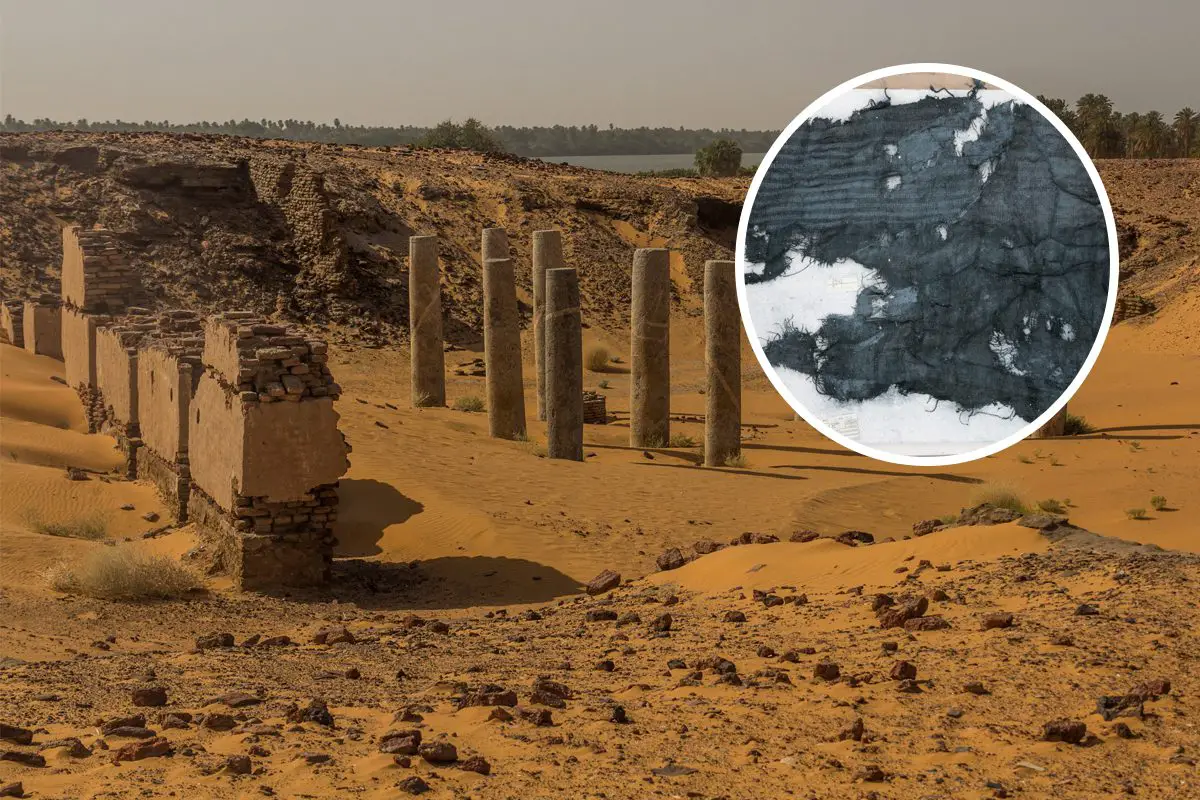A study by the University of Warsaw has revealed that blue was the most popular colour of clothing worn by the inhabitants of Old Dongola.
Old Dongola was the capital of the Nubian kingdom of Makuria, located in the Northern State of Sudan on the eastern banks of the River Nile.
Makuria rose to prominence in the 5th century AD following the decline of the Nubian Kingdom of Kush. At its zenith, Makuria extended its influence along the Nile River from the Third Cataract to the southern reaches of Abu Hamad, encompassing parts of northern Kordofan.
Old Dongola was founded in the walls of a 5th century fortress after the early rulers moved the capital from Napata. A major urbanised town developed around the fortress walls, along with palaces, public buildings, churches, and a royal residence, serving as an important departure point for caravans west to Darfur and Kordofan.
An analysis of textiles and fabrics has revealed that blue was the most popular clothing colour of the inhabitants of Old Dongola, the results of which are published in the journal Archaeometry.
Dr Magdalena Woźniak of the Polish Centre for Mediterranean Archaeology (CAŚ) at the University of Warsaw, said: “Archaeologists conducting research in Africa often face a lack of written sources since the tradition of oral transmission of information prevailed there. The daily life of the inhabitants of Old Dongola – including local textile production and dyeing – can be learned by studying the material culture of the community.”
By examining textiles dated to the 16th, 17th, and 18th centuries, the researchers found that blue was a common trend over the centuries. In addition, the team have identified that the sources of the dye originate from plant and animal material.
“The research we are doing now indicates that blue was an important colour. It has a long history in the Nile Valley, dating back to antiquity. Perhaps it was thought to serve as a protection against evil,” said Dr Woźniak.
Header Image Credit : Shutterstock







